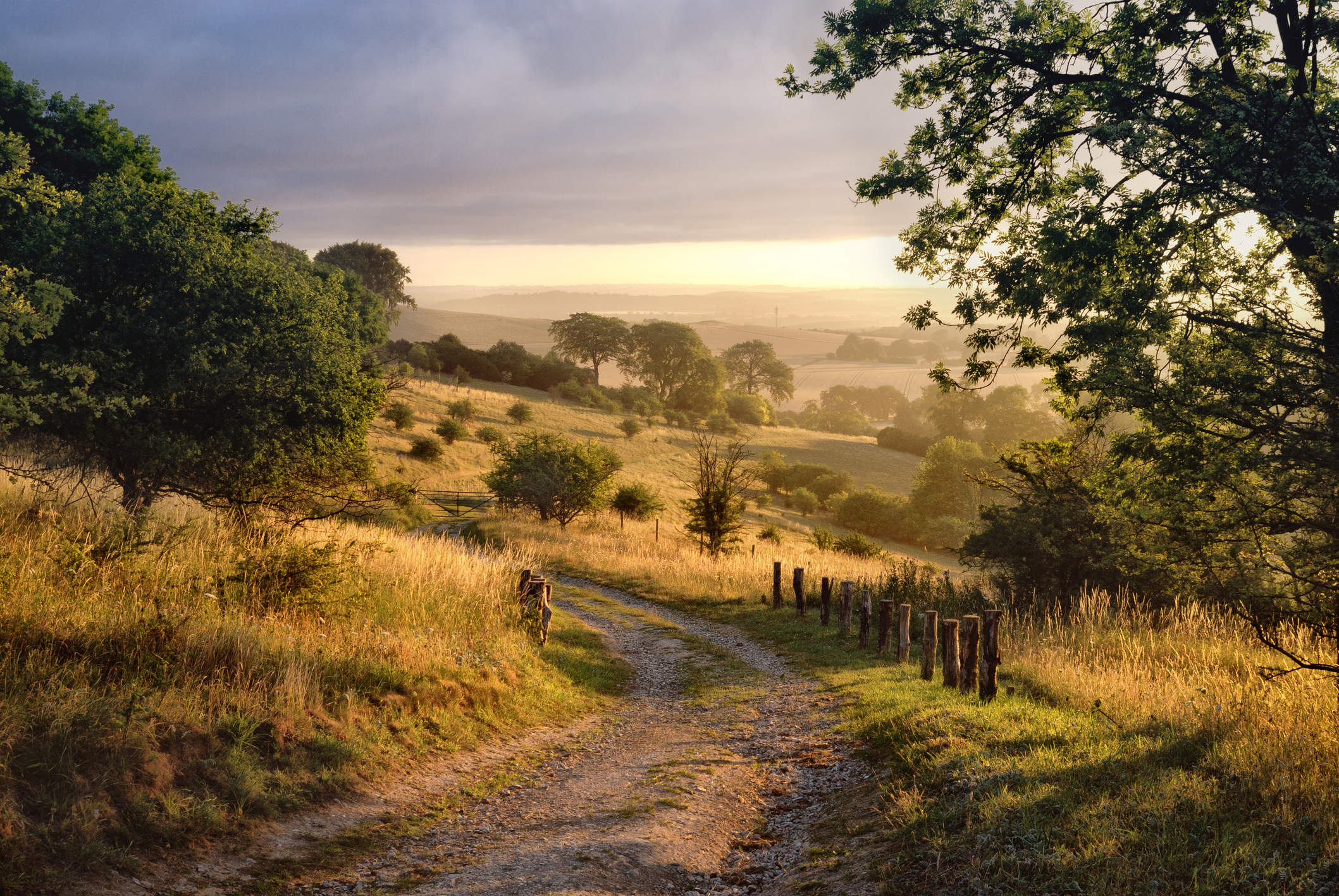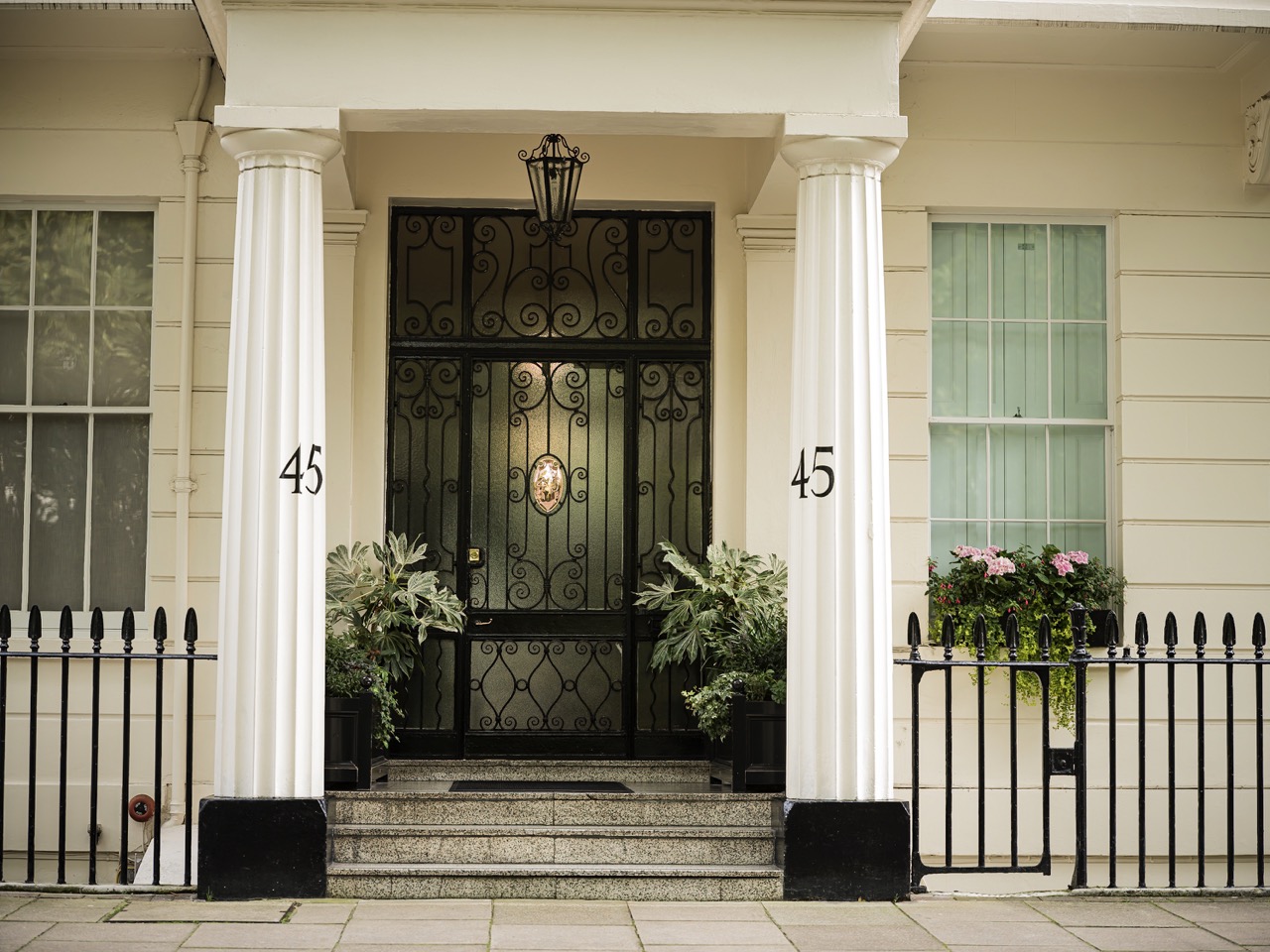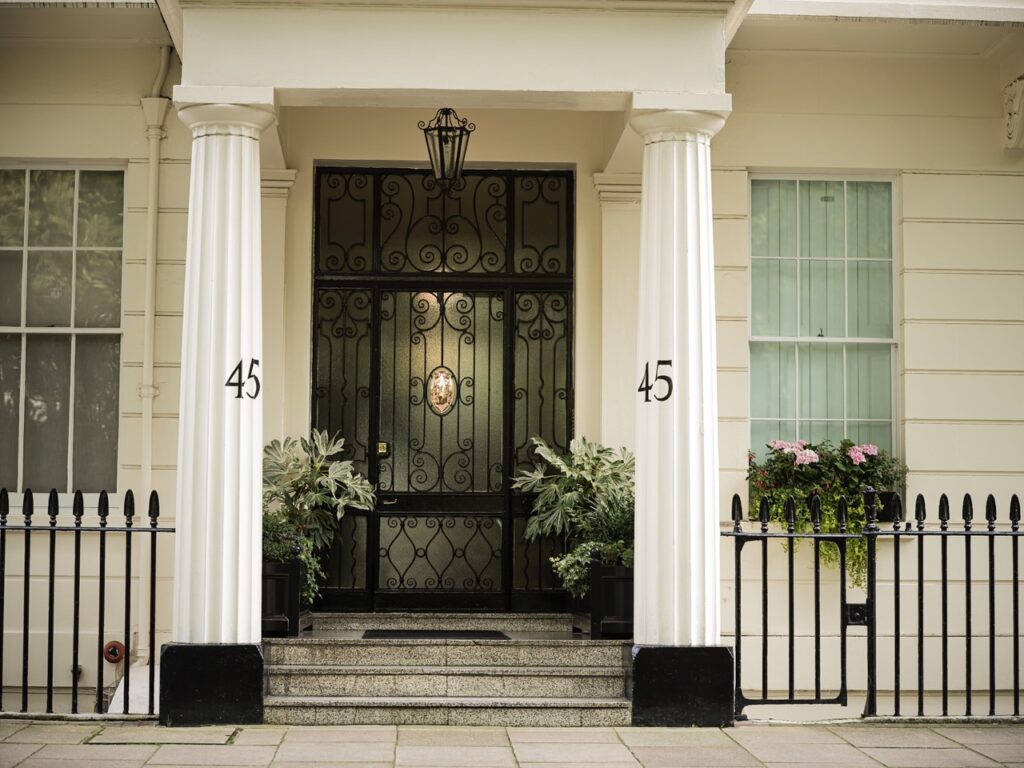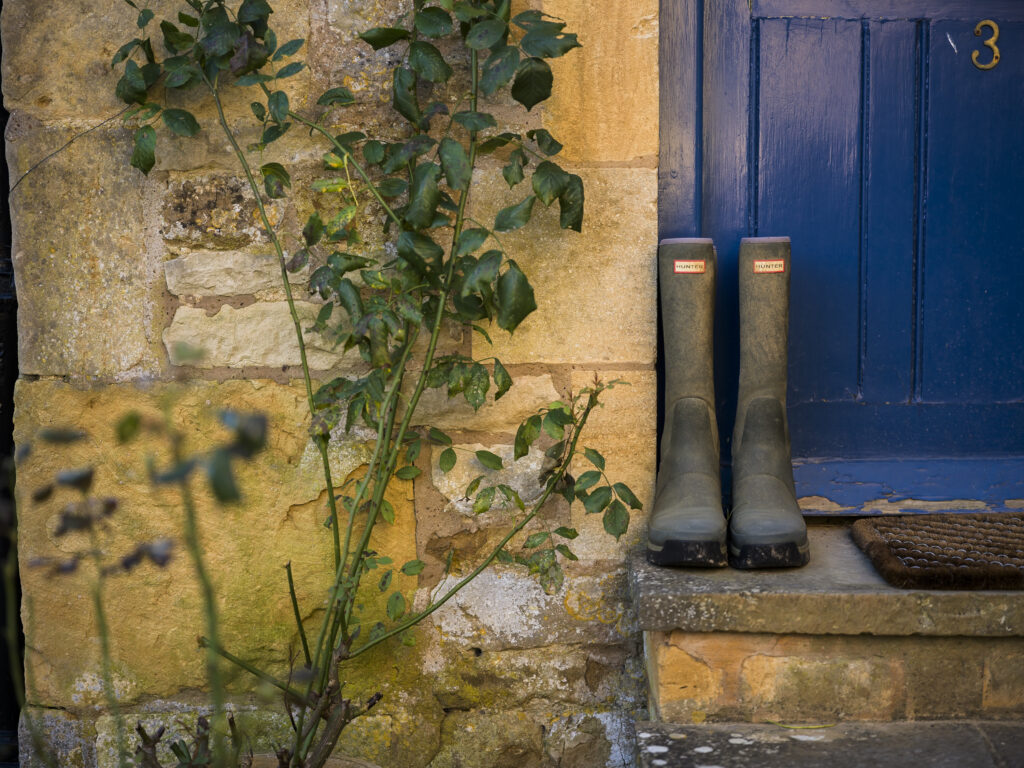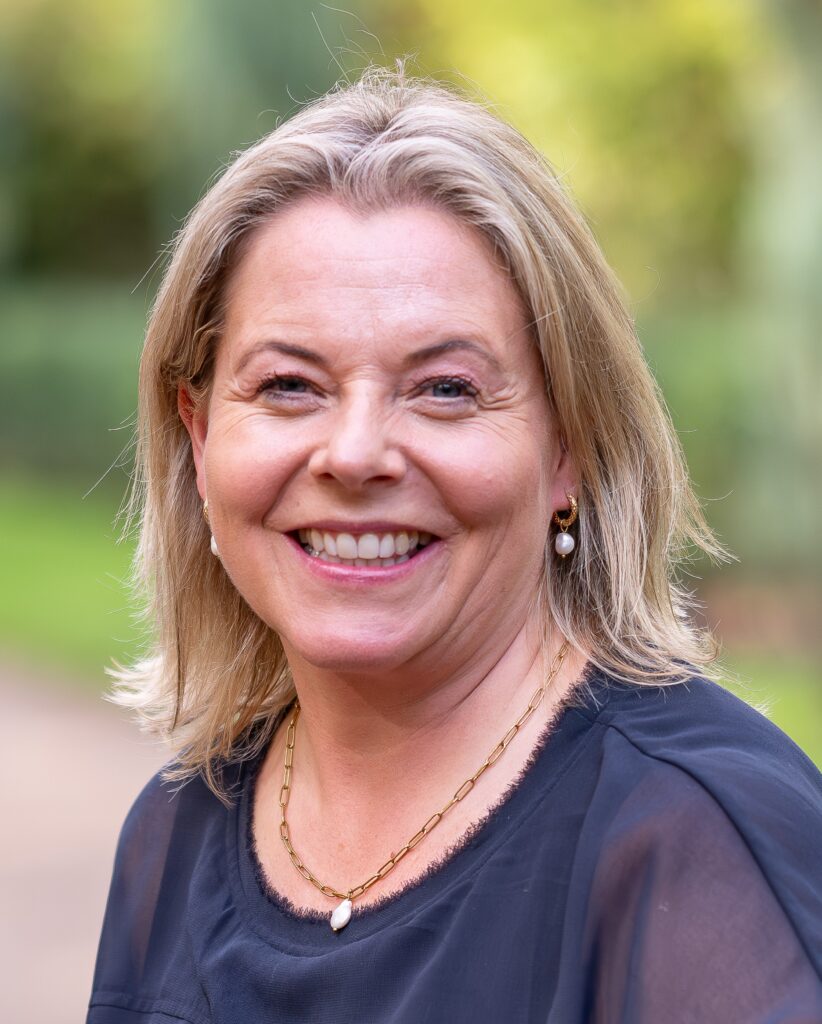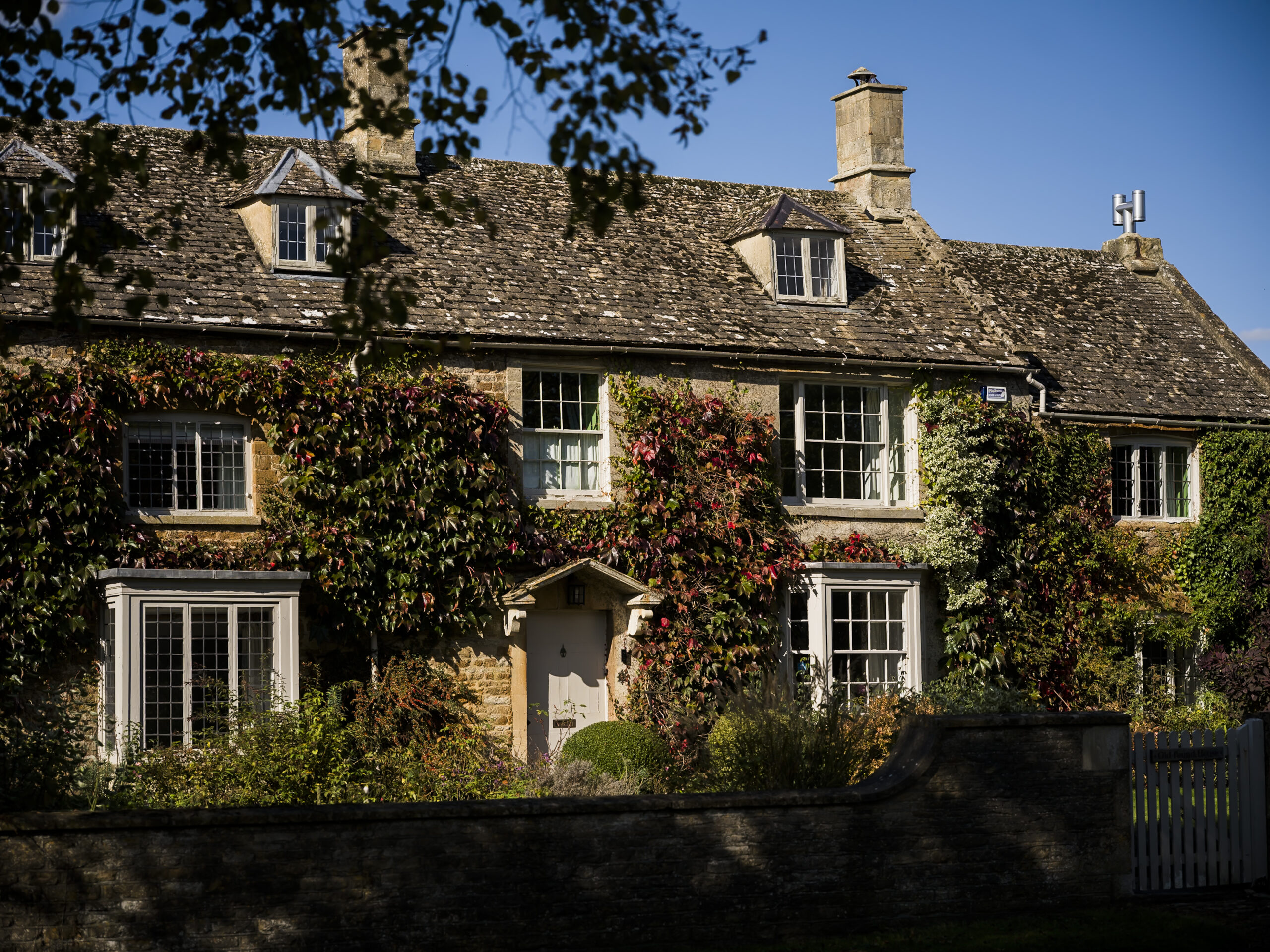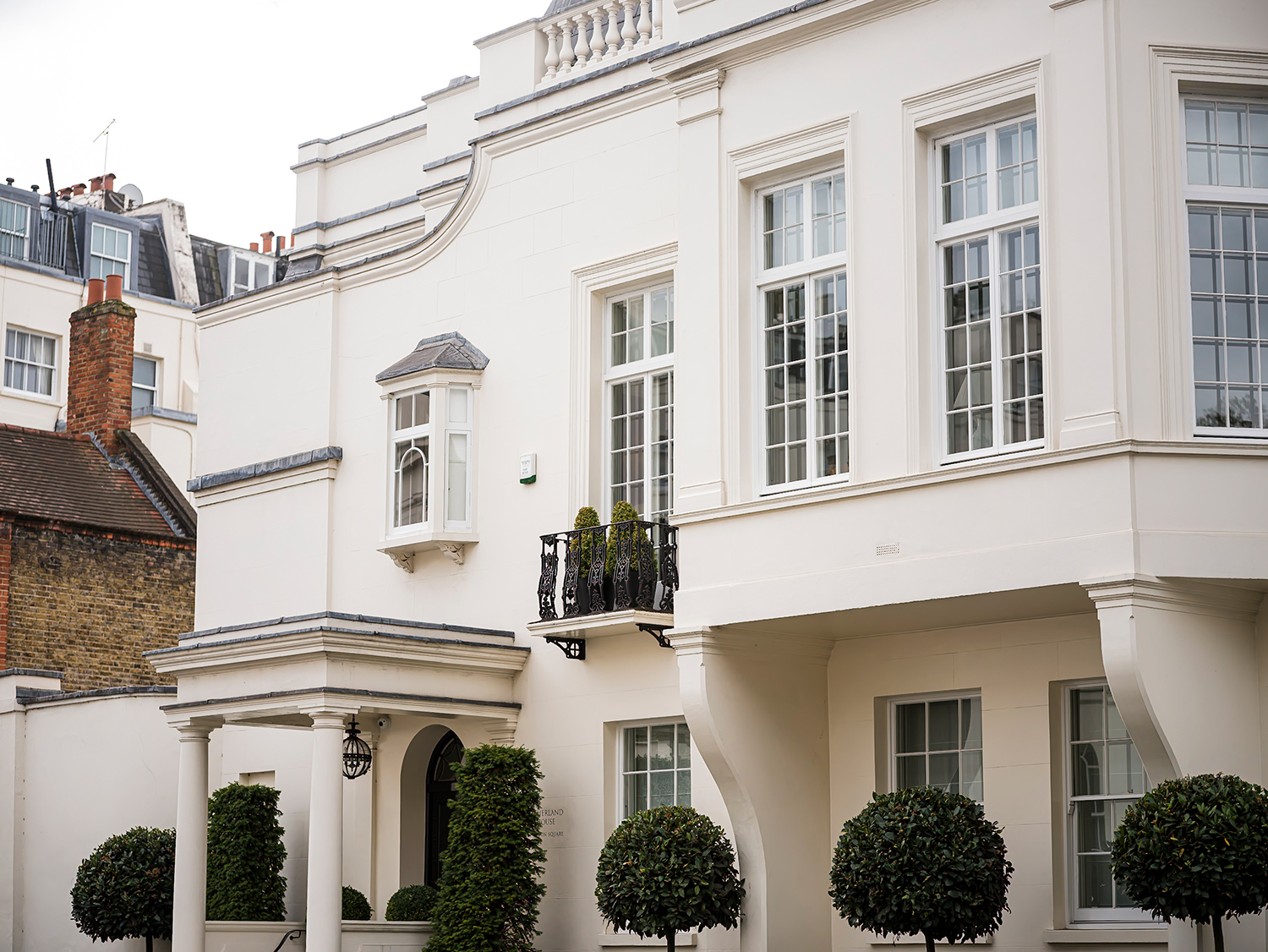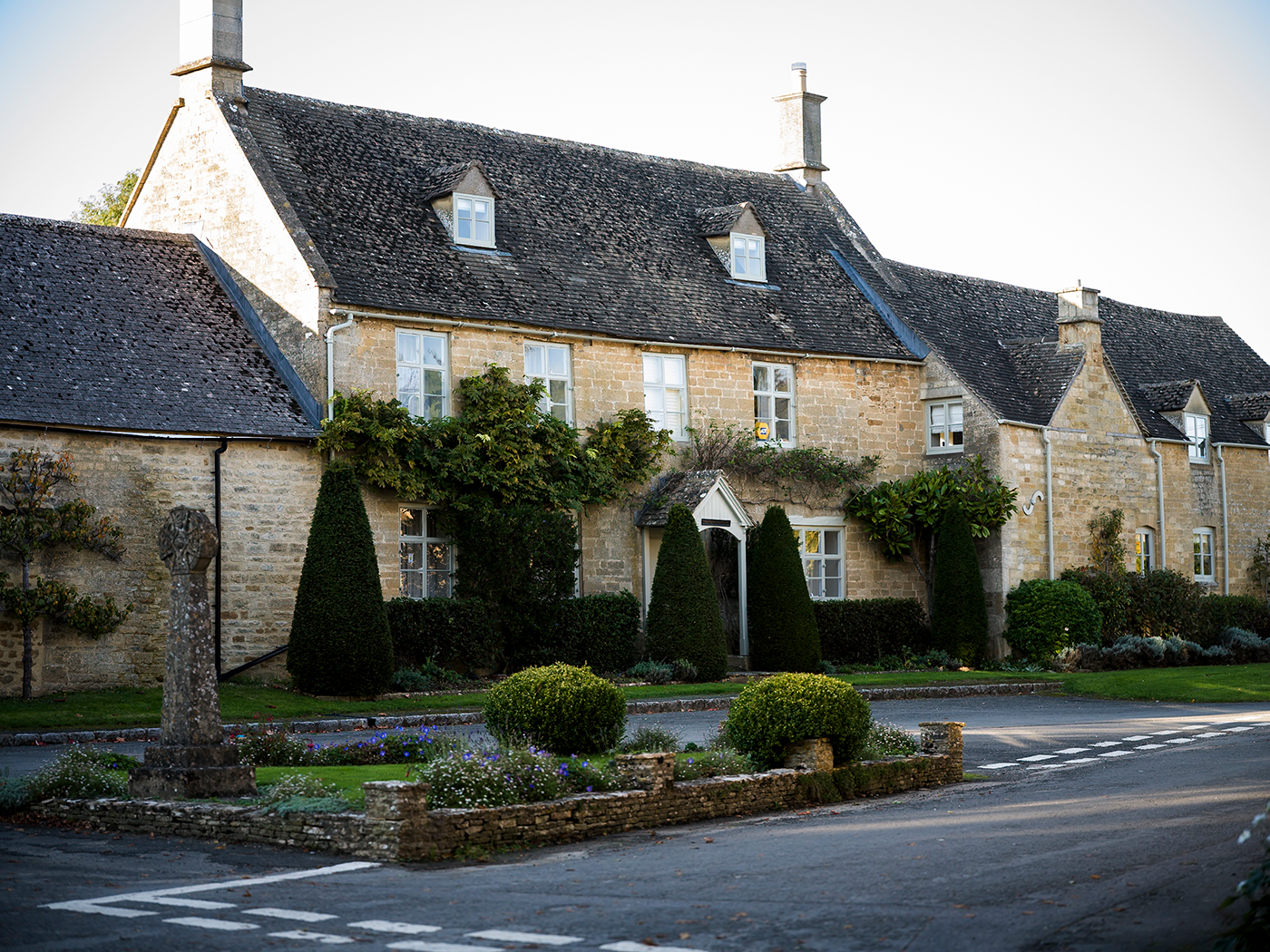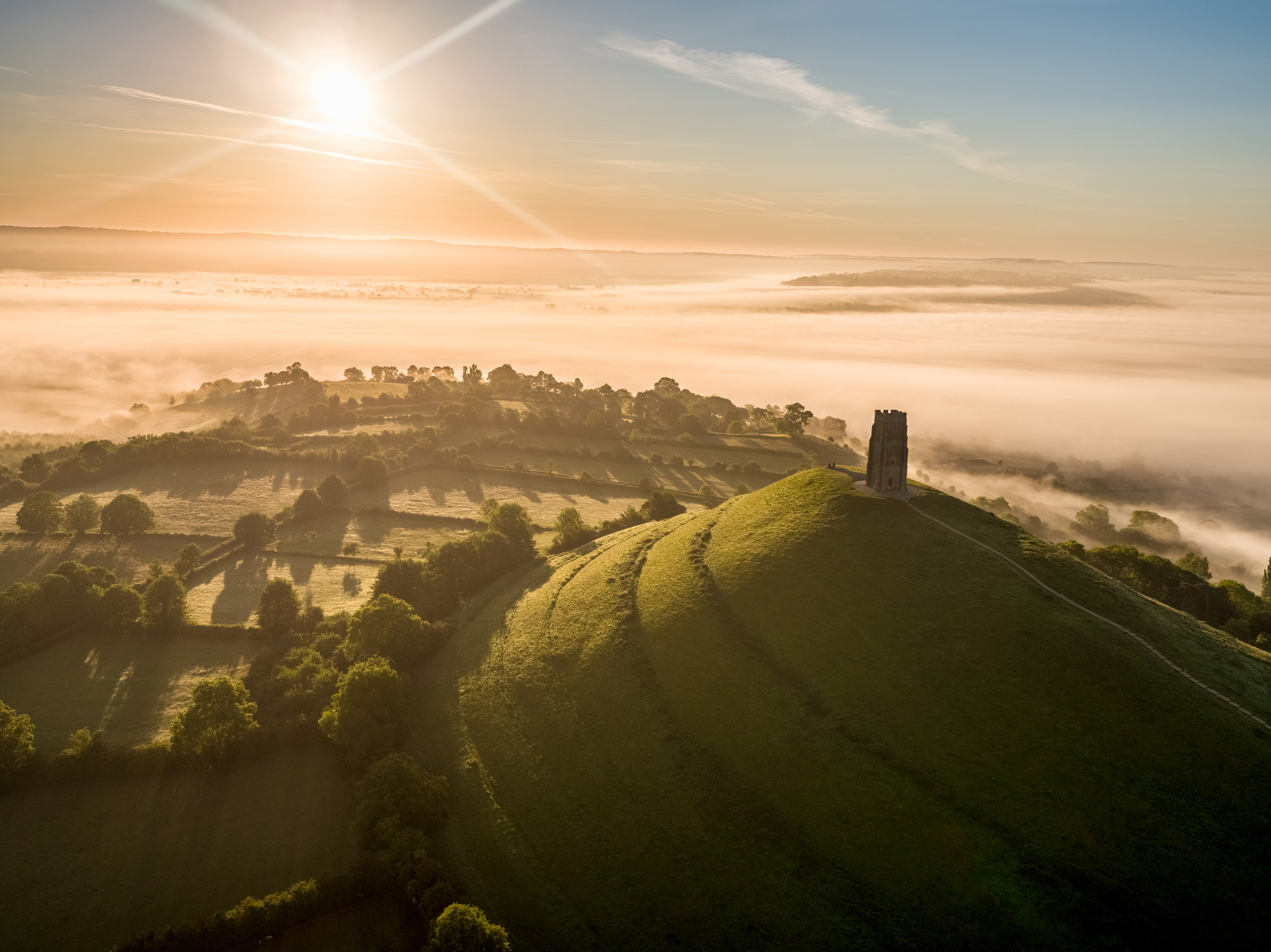The move from London to the Home Counties is a well-trodden path, and for good reason. With beautiful countryside, vibrant market towns and excellent schools and connectivity, the region offers balance. Working together, our Partners Katherine Watters and Jemma Scott combine deep local insight to help clients find their perfect place.
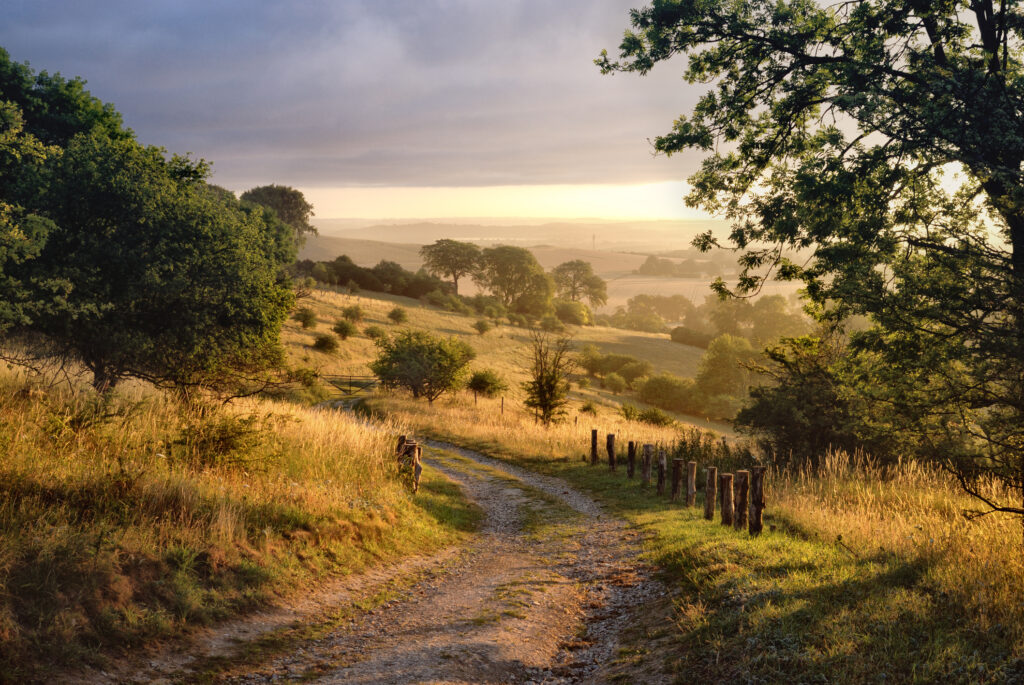
Leaving London has long been a rite of passage for many families. The search for more space, cleaner air and stronger community ties draws buyers outwards each year, tracing familiar paths along the commuter lines that fan into Surrey, Berkshire, Buckinghamshire and Oxfordshire. Yet, for all the talk of good schools and train times, the success of such a move often hinges less on geography than on guidance.
At The Buying Solution, our Partners Katherine Watters for the Southern Home Counties and Jemma Scott for the North Home Counties have built a quietly powerful reputation for helping clients navigate this most emotionally charged of transitions. Covering the full sweep of the Home Counties between them, their partnership offers something rare in the property world: a single, joined-up service that transcends traditional boundaries.
“We share clients across regions all the time,” Katherine explains. If someone’s not quite sure whether they want to be near Guildford or Marlow, it doesn’t matter – we work together, and our clients get the same level of insight in both areas.”
A Cohesive Partnership
At the heart of Katherine and Jemma’s partnership is communication. Every client brief is discussed together, every update shared. “We’ll both join the first call,” says Jemma. “It’s important that clients see they’re not choosing between two areas or two people. They’re getting both of us: two perspectives, two sets of local knowledge – working towards the same goal.”
That collaboration has proved particularly valuable for the many families who begin with a wide-ranging brief. “We often meet people who know they need to be within an hour of London, but they have no idea where to base themselves,” says Katherine. “That’s when we’ll take them on orientation tours – two or three days of exploring different counties, villages and schools. It’s about helping them understand how each area feels before they commit.”
The approach is as much about education as it is about property. Clients are introduced not only to houses but to lifestyles – bustling market towns and quiet hamlets, the realities of rural broadband, the subtleties of train routes. “We’re not selling anything,” Kat adds. “We’re guiding, helping people imagine the reality of their new life, and then gently making that vision real.”

The Enduring Appeal of the Home Counties
The reasons for moving to the Home Counties remain remarkably consistent. “For most families, it comes down to schools, commutability, and a sense of belonging,” says Jemma. “People want their children to have space and a great education, but they don’t want to feel cut off.”
Surrey’s gated estates, from Cobham to Oxshott, offer privacy and proximity for those making their first step out of London. The Surrey Hills and villages south of Guildford appeal to buyers seeking a more rural way of life but still within a 45-minute train ride of Waterloo. Northwards, the Chilterns and Thames Valley blend riverside life with market-town sophistication: Henley-on-Thames, Marlow and Beaconsfield remain perennial favourites.
“The Home Counties are incredibly diverse,” says Jemma. “You can have 1930s family houses in one village and 17th-century cottages two miles away. That variety means there’s something for everyone – the key is knowing where to look.”
For many clients, familiarity plays a decisive role. “It’s amazing how often people return to where they grew up,” Katherine observes. “You hear, ‘My parents lived here’ or ‘My best friend has just moved there.’ That sense of connection gives people confidence to move and means that they will often find like-minded people who have made a similar move themselves.”
The London Connection
Although working patterns have evolved, London remains the gravitational centre for many of Katherine and Jemma’s clients. “There’s always a link,” Jemma explains. “Some need to be in the office two or three days a week; others just want to be close enough for dinner, theatre, or the airport. Either way, the Home Counties keep them within reach.”
She recalls a recent family relocating from abroad, with little understanding of the geography. “They wanted good prep schools, countryside, and an hour to central London. That’s a huge brief. But when we talked through what really mattered – commute length, close enough to visit grandparents in the Midlands, lifestyle – we quickly narrowed it to three or four areas. It’s about translating aspiration into practical choice.”
Katherine agrees. “A lot of our clients come to us feeling overwhelmed. They’ve got property alerts from half the Home Counties and no real direction. We bring focus. It’s about saying: if you need to be in Holborn, and you love countryside walks, let’s look at the Guildford line, not the South Downs. We turn the noise into a plan.”
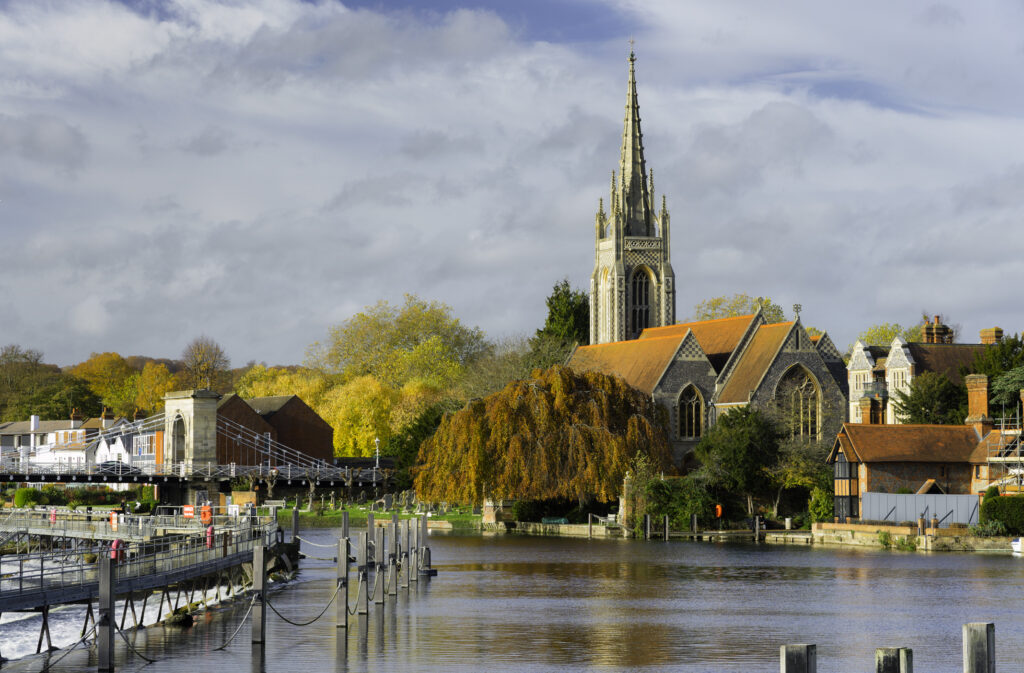
A Market Maturing Gracefully
After the feverish years of 2021–22, both Katherine and Jemma describe the Home Counties current market as steadier and, in many ways, healthier. “Buyers are more measured,” says Katherine. “They’re asking questions, doing due diligence, and taking advice. Gone are the days of throwing money at anything with a garden.”
Jemma agrees that realism now defines the tone. “Those pandemic premiums have faded, which is good news for the long term. People who overpaid in haste are discovering the importance of context: flight paths, road noise, village amenities. Sensible pricing and good research are back in vogue.”
This shift plays perfectly to their strengths. “We’ve always taken a forensic approach,” says Katherine. “We’ll check planning histories, school catchments, infrastructure changes – all the details that can make or break a property’s value. That’s where clients see real return on advice.”
The Human Side of the Search
Beyond logistics and market data lies the human dimension. Both Katherine and Jemma have spent years working face-to-face with clients, often over months of searching and decision-making. “It’s a journey,” Jemma reflects. “You see people’s priorities evolve – they start thinking about square footage and end up talking about where their children will ride bikes or where grandparents can visit easily.”
Katherine echoes the sentiment. “We’re often with clients at quite pivotal life stages: moving from London with young children, returning from abroad, or downsizing after decades in one place. It’s not just about finding a house. It’s about helping them visualise the life they want next.”
That sensitivity, combined with their geographical reach, allows The Buying Solution to deliver a service both personal and pragmatic. And with two experts working as one, The Buying Solution makes that search smoother, smarter and far more enjoyable. As Katherine puts it: “In the end, it’s two-for-one – and twice the insight.”

Katherine Watters is our specialist Partner for the Southern Home Counties
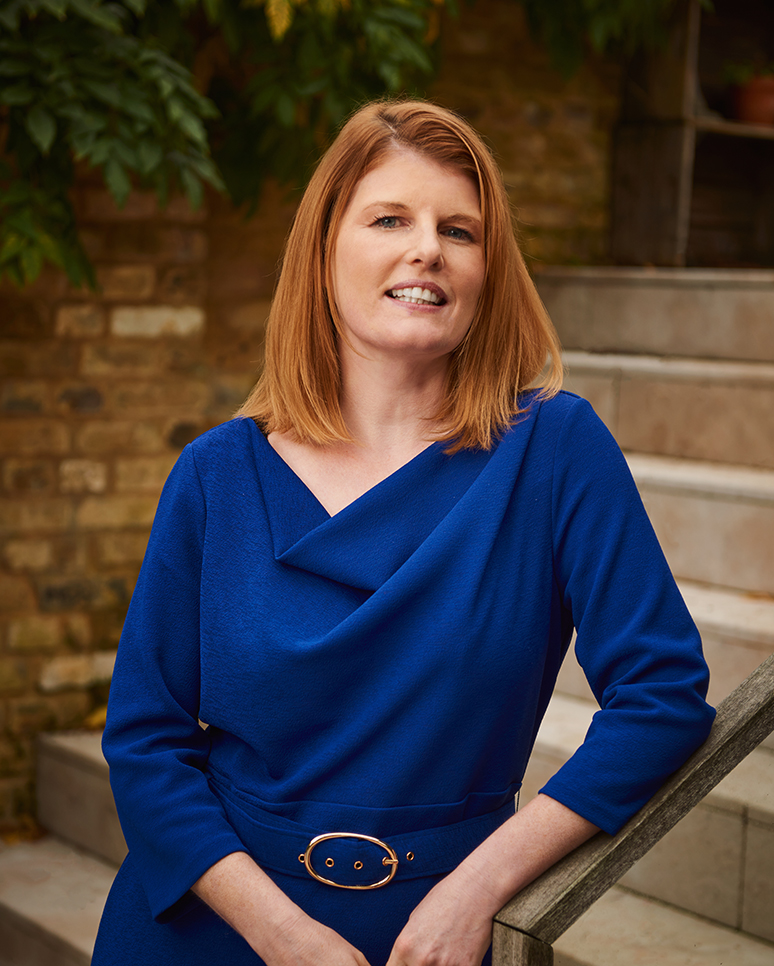
Jemma Scott is our specialist Partner for the North Home Counties
For news, expert commentary and invaluable property insight, subscribe to The Insider, our quarterly newsletter, here.
